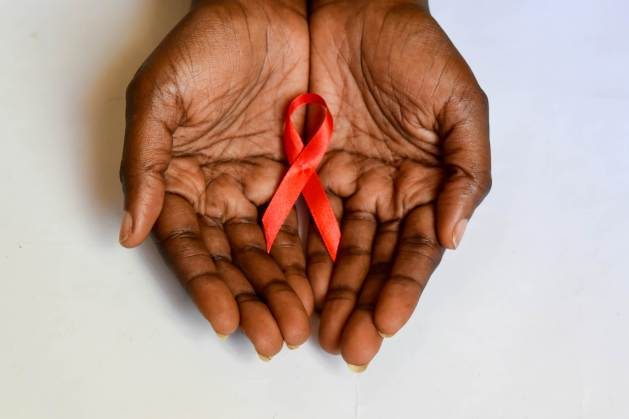these states tip the scales on obesity
The US is losing its battle against the bulge.
New data from the Centers for Disease Control and Prevention (CDC) reveals that Americans are heavier than ever before.
The CDC defines obesity as having a body mass index (BMI) of at least 30, and a shocking 20% of Americans meet that criteria, with the Midwest and the South reporting the highest levels of weight.
And the condition is on the rise worldwide, with the WHO reporting that the percentage of adults 18 years of age and older living with obesity more than doubled from 7% to 16% from 1990 to 2022.
The CDC said that prior to 2013, no state in the union had an adult obesity prevalence at or above 35%. However, 23 states have hit that dark mark within the last decade.
The latest data is from the Behavioral Risk Factor Surveillance System, an interview survey conducted by the CDC and state health departments.
Four southern states — West Virginia, Mississippi, Arkansas and Louisiana — had the highest rates, with 40% of citizens considered obese. West Virginia topped the list for tipping the scales with an obesity rate of 41.2%.
Last year, the Mountain State was found to be the unhealthiest state due to a combination of worrying rates of air pollution, obesity, physical inactivity, poor sleep, smoking, binge drinking and tooth loss.
West Virginia was also recently named the unhappiest state in the US because of its troublesome rate of adult depression, poor emotional and physical well-being, lackluster work environment and inadequate sleep.
“This new data highlights the need for obesity prevention and treatment options, which start with building healthier communities where people of all ages have safe places for physical activity and where health care and healthy food options are accessible and affordable for all,” said Dr. Karen Hacker, director of the CDC’s National Center for Chronic Disease Prevention and Health Promotion.
Hacker stresses that these efforts should extend to the youth, “Obesity prevention at young ages is critical because we know that children with obesity often become adults with obesity.”
Indeed, obesity affects nearly 20% of kids and teens in the U.S., and new guidelines suggest children struggling with the condition should be evaluated and treated early and aggressively, with treatment including but not limited to medication like Ozempic and gastric bypass surgery.
The CDC results show that Colorado and DC have the lowest obesity figures, but no state has obesity rates lower than one in five adults.
Colorado was recently ranked as the healthiest state based on an aggregate of factors, including air quality, obesity rates, physical activity, health conditions, sleeping patterns, smoking and drinking habits and food consumption.
Though up to one in four Colorado adults is still considered obese, the Centennial State saw a slight decrease in obesity from last year. Meanwhile, DC’s relatively low ranking may be due to its high rates of physical activity and low rates of food insecurity. DC was recently named the fittest state in the country.
Dr. Ruth Petersen, director of the CDC’s Division of Nutrition, Physical Activity, and Obesity, said the condition is deeply misunderstood and unnecessarily stigmatized. “Obesity is a complex disease. There’s a common misconception that obesity results from a lack of willpower and individual failings to eat well and exercise.”
Peterson explains that many factors, including genes, medication, stress, sleep, gut microbiome and access to healthcare and safe spaces to exercise, contribute to obesity, “Understanding these factors helps us identify potential prevention and treatment strategies.”
Along with being stigmatized for their weight, adults with obesity have a higher risk of serious health conditions, such as heart disease, stroke, Type 2 diabetes, certain cancers and compromised mental health.
The CDC’s Division of Nutrition, Physical Activity, and Obesity offers proven strategies to reduce the risks associated with obesity, which it prioritizes at the state and local levels.
Strategies include making physical activity safe and accessible for all, making healthy food choices easier everywhere, making breastfeeding easier to start and continue, strengthening obesity prevention standards for early care and education settings, and increasing the number of and access to family healthy weight programs.
Check out our Latest News and Follow us at Facebook
Original Source







